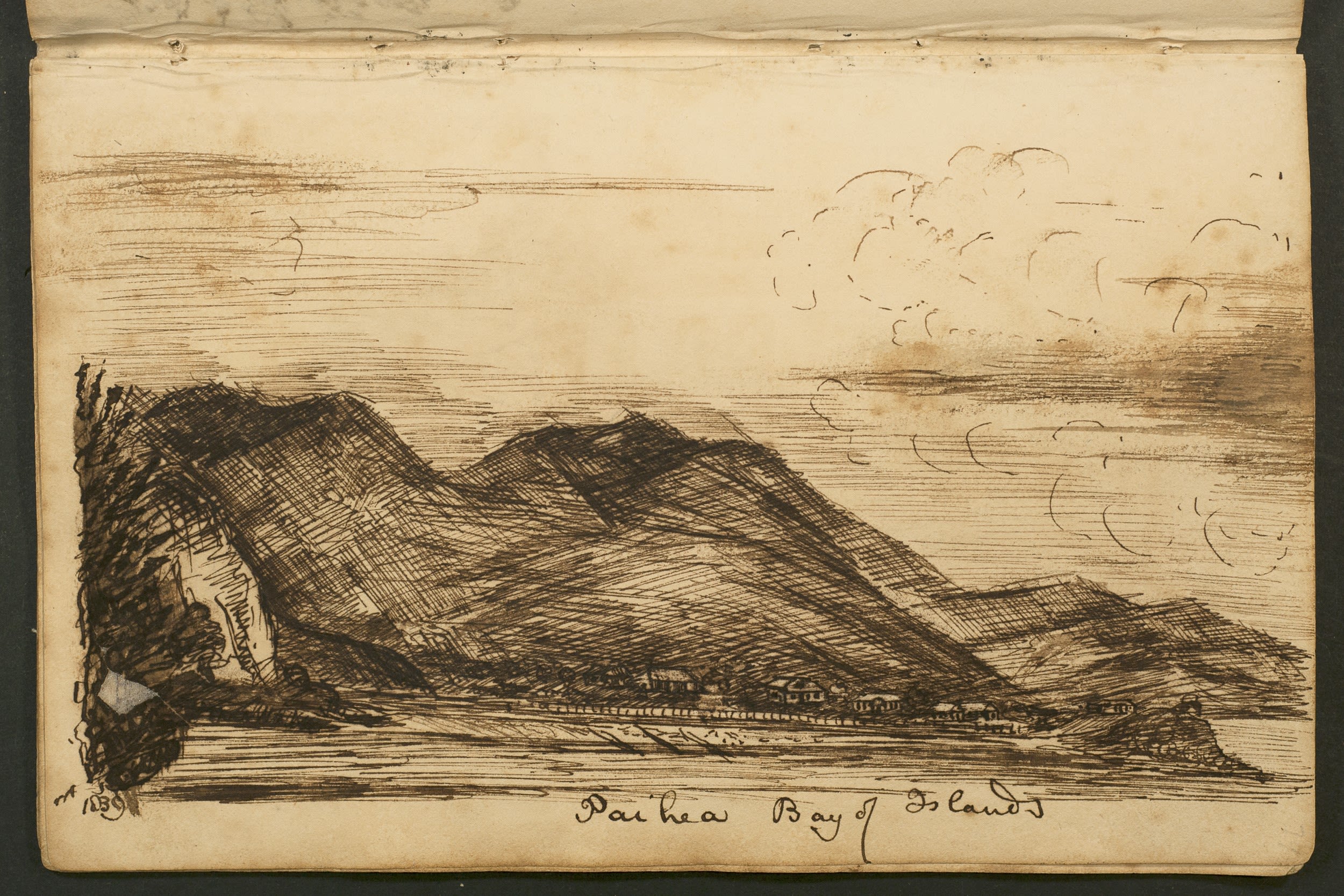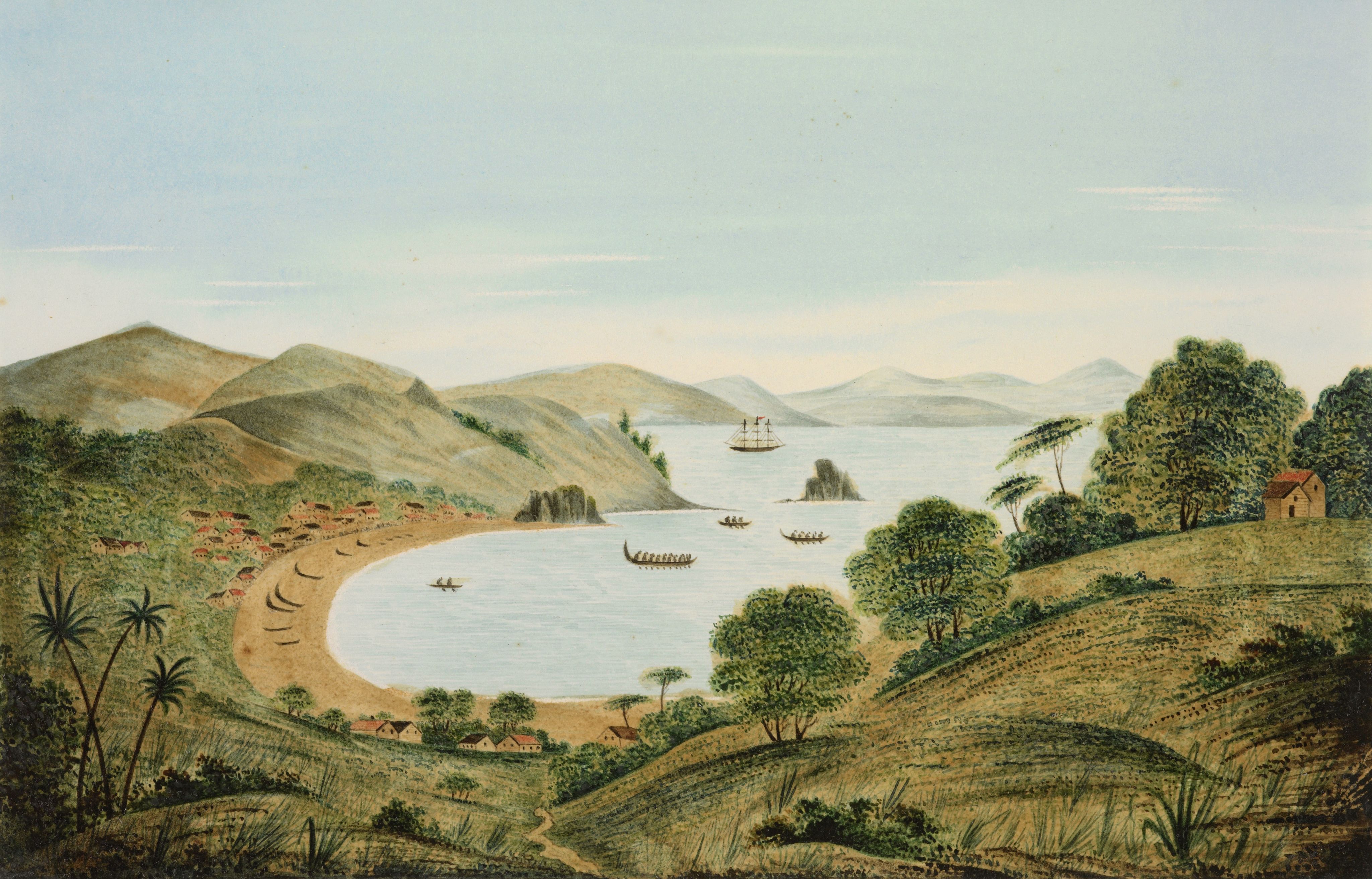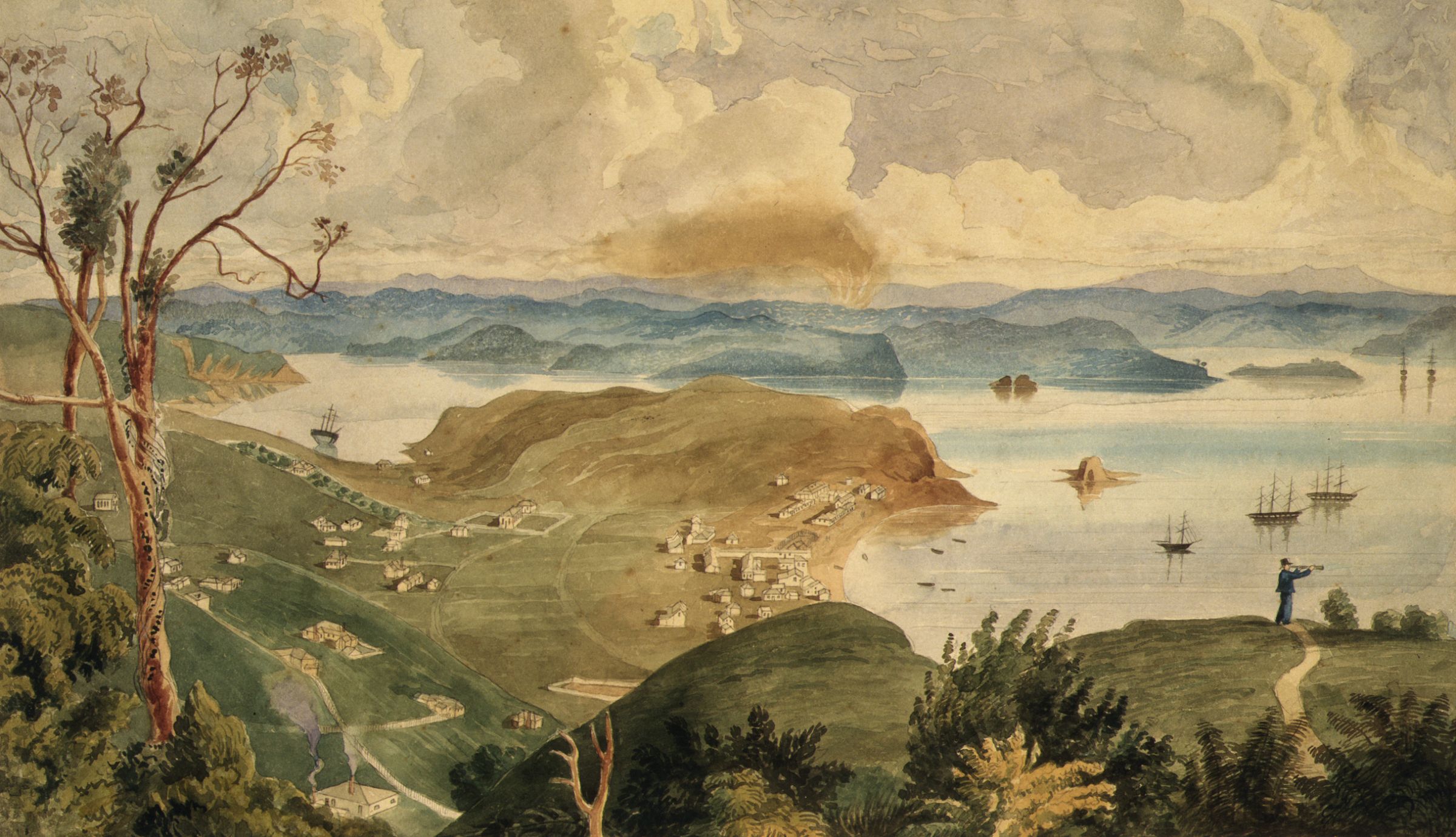Waitangi: 183 Years Later
By Niki Partsch

What do you imagine when you see these lines? The person who drew them was sitting on a riverbank, 183 years ago.
A time and place: the Bay of Islands, 1840.
Specifically, Paihia.
How sweet the air must have been, carbon counts being close to half what they are today.
Giant Kauri stood in massive stands throughout the north; clean, fresh water fell from the skies; estuaries and oceans teemed with life.
With food plentiful and trade blossoming, expectations although cautious, must have been very good as dawn broke on the morning of 6 February.
Let's take a look...
February 6, 1840.
Drawn up in haste by lamplight overnight, Te Tiriti would be artfully debated and fiercely challenged in the light of day.
Many signed, while others did not. Women were discouraged from signing, but did so regardless.
While thoughts, feelings and motivations were somewhat sparsely recorded, what we do understand is that there was a strong desire for discussion and for a foundation of laws to protect.

The Treaty of Waitangi was not a single document. There were multiple copies written out and transported around Aotearoa and there were two distinct versions.
One version was written in English and the other in Māori. It was the Māori version that was signed at Waitangi on 6 February 1840.

At the heart of Te Tiriti are three core principles; partnership, protection, and participation.
Heritage New Zealand Pouhere Taonga values are in line with the principles of The Treaty and are infused into the work we do.
Learn more about our commitment to Te Tiriti and our work to identify, protect and preserve the heritage of Aotearoa New Zealand.



